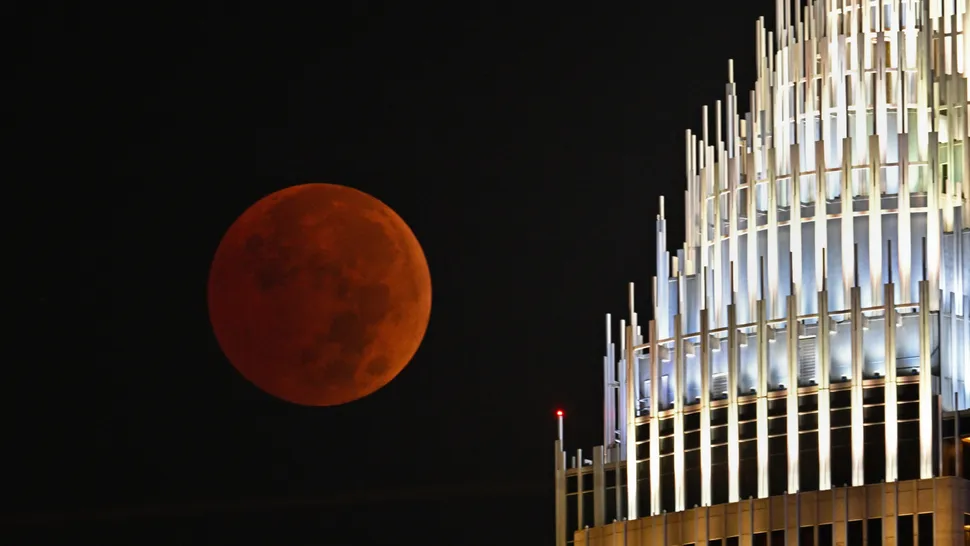The wait is nearly over! In just one week, skywatchers across North America will witness a spectacular total lunar eclipse, also known as a Blood Moon.
This will be the first total lunar eclipse since November 2022 and the first of three set to occur between 2025 and 2026.
During a total lunar eclipse, Earth moves directly between the sun and the moon, blocking sunlight and casting a shadow over the lunar surface. As this happens, the moon takes on a reddish hue, earning it the name “Blood Moon.” This effect occurs because Earth’s atmosphere scatters shorter wavelengths of sunlight while allowing longer wavelengths — red and orange light — to bend into Earth’s shadow and illuminate the moon. It’s the same phenomenon that gives sunrises and sunsets their rich colors.
The total lunar eclipse will unfold overnight between March 13 and March 14, 2025. Observers in North and South America will have the best view, while those in parts of Western Europe may catch a glimpse of totality before moonset.
Totality — the period when the moon is completely engulfed in Earth’s shadow — will last for approximately 65 minutes. Key viewing times across different time zones include:
Eastern Time (ET): 2:26 a.m. — 3:31 a.m. (March 14)
Central Time (CT): 1:26 a.m. — 2:31 a.m. (March 14)
Mountain Time (MT): 12:26 a.m. — 1:31 a.m. (March 14)
Pacific Time (PT): 11:26 p.m. (March 13) — 12:31 a.m. (March 14)
Alaska Time (AKDT): 10:26 p.m. — 11:31 p.m. (March 13)
Hawaii Time (HST): 8:26 p.m. — 9:31 p.m. (March 13)
For the full experience, it’s worth heading outside about 75 minutes before and after these times to see the moon gradually enter and exit Earth’s shadow.



